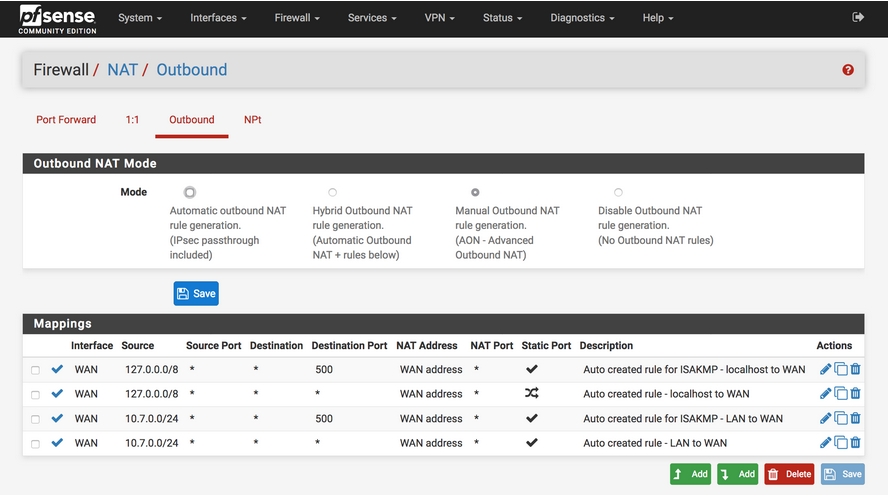

With the lab ready to go, it is time to begin! The first step is to connect to the web interface for the pfSense firewall. pfSense Network Diagram Install pfBlockerNG for pfSense The image below is the lab diagram for the pfSense environment that will be used in this article. The reason for these assumptions here is simply for sanity’s sake and many of the tasks that will be completed, can still be done on a non-clean slate pfSense box. It should be noted that pfBlockerNG can be configured on an already running/configured pfSense firewall.

As with anything in the computing world, there isn’t a one solution fixes all product out there. PfBlockerNG is a package that can be installed in pfSense to provide the firewall administrator with the ability to extend the firewall’s capabilities beyond the traditional stateful L2/元/L4 firewall.Īs the capabilities of attackers and cyber criminals continues to advance, so must the defenses that are put in place to thwart their efforts. This article is going to talk about a wonderful add-on package for pfsense called pfBlockerNG. pfSense, as mentioned in the earlier article, is a very powerful and flexible firewall solution that can make use of an old computer that may be laying around not doing much. In an earlier article the installation of a powerful FreeBSD based firewall solution known as pfSense was discussed.


 0 kommentar(er)
0 kommentar(er)
